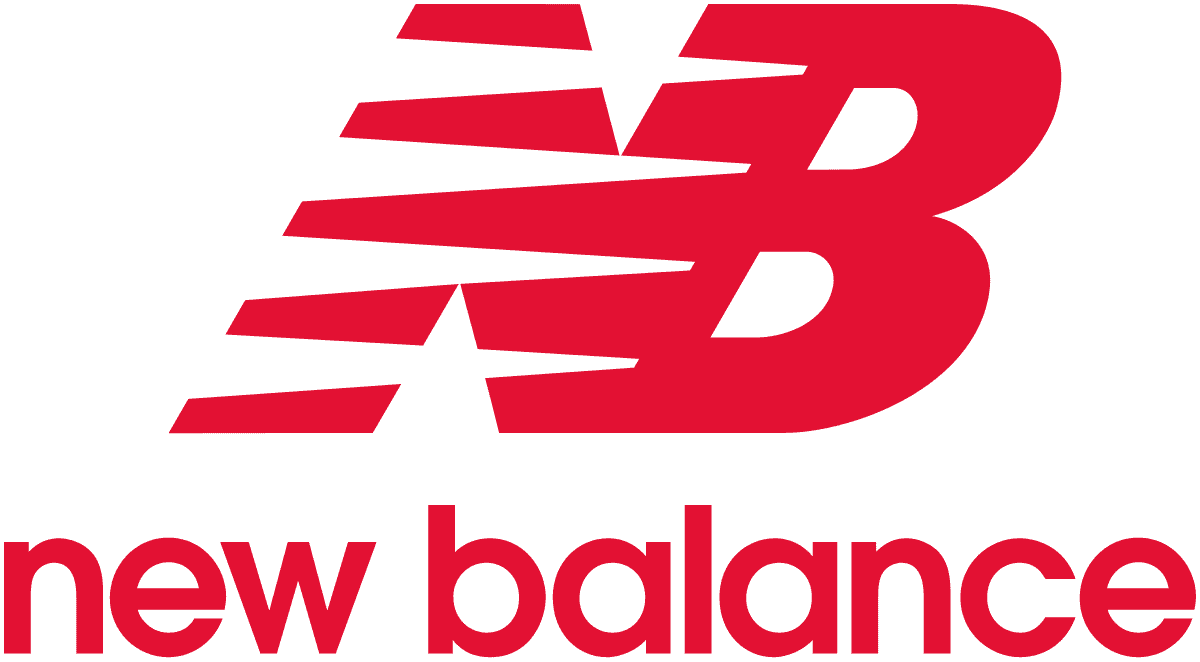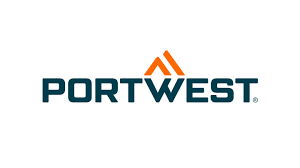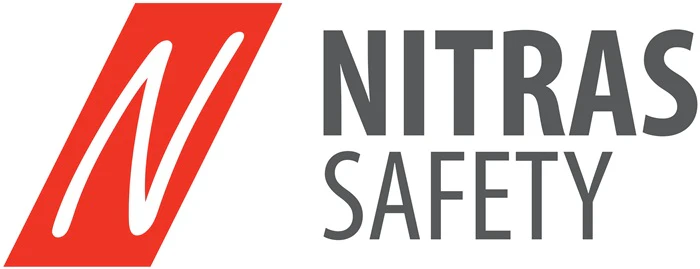
Top Compliance Strategies in Construction for 2024
Introduction In 2023, following the rules is more important than ever in the very controlled building business. As long as...

Get 20€ off on your first order!
Construction companies can make or lose money with good cost control. This guide simplifies expense control and offers ways to improve.
Construction projects routinely overrun budget, with 75% of projects exceeding it. One-quarter of construction projects stayed within 10% of their initial budget over the past three years, according to a research. The numbers should wake up construction managers seeking financial discipline.
Although difficult, building budgets can be met. A few clever cost control changes can boost your chances of joining the 25% of projects that stay inside budget.
Cost control is essential to construction management. Project management becomes unpredictable without it. Understand project cost control and deploy efficient tactics in your construction firm to guide projects away from financial turbulence and towards success.
Construction cost containment implies staying within budget. This entails tracking worker, material, and other expenditures to avoid overspending on the project.
Start with an accurate budget and track spending throughout. The building corporation may lose money if the project overspends without cost control. A successful construction company must control costs.
Mastering construction cost control is difficult, therefore it’s acceptable if you’re still learning. Few do. Developing this hard skill takes time and practice. Fortunately, you may improve your cost management methods in various ways. You may not be flawless at cost control, but using established methods can improve your next project. Ten effective cost-control approaches will help you achieve quick benefits and improve your project’s financial performance.
Building project cost assessment must be precise to stay on budget. Labour, supplies, equipment, unforeseen fees, and licenses must be considered. Rushing through cost reports at this key time or being overly optimistic can bring financial consequences.
Historical data and project expenses help create accurate budget estimates. History helps estimate costs and set a budget that reflects the project’s scope.
Involving your team in budgeting might also improve estimations. Team members may spot oversights or suggest ways to avoid costly mistakes. Collaborative budget planning improves financial forecasts and fosters cost control and management.
For thorough market research and cost estimation and analysis, use your team’s experience and past project data. Effective financial management throughout the project lifetime is built on this collaborative budget planning and cost estimation approach.
Effective project scheduling reduces expenses, downtime, and overtime. Careful timetable planning keeps the project on track and under budget by ensuring resources arrive on time, labour is deployed efficiently, and equipment is employed effectively.
Advanced scheduling technologies improve this procedure. Real-time updates help identify scheduling issues and delays. Construction managers can quickly change due to this flexibility and monitoring, avoiding delays and cost overruns.
Project scheduling should maximise productivity and resource use to reduce expenses.
Scheduling a job well can save you money, time, and effort. Careful planning of the schedule makes sure that goods arrive on time, workers are used efficiently, and tools are used correctly. This keeps the project on track and on budget.
Advanced scheduling technologies improve this procedure. Real-time updates help identify scheduling issues and delays. Construction managers can quickly change due to this flexibility and monitoring, avoiding delays and cost overruns.
Project scheduling should maximise productivity and resource use to reduce expenses.
Effective procurement techniques underpin cost-effective project management. Strategic procurement seeks contracts with the best value, not merely the lowest prices. Bulk purchasing, long-term supplier relationships, and competitive bidding can save money.
Additionally, project managers must identify reliable and high-quality suppliers and subcontractors. These collaborations reduce the risk of project delays and substandard craftsmanship or materials, which can unexpectedly increase expenses. Prioritising value and reliability in procurement selections helps construction managers streamline operations and regulate project expenditures.
Communication is key in construction management, but regular team updates are also crucial. You can make real-time changes to your plans with these daily construction project site reports.
Details help you spot unforeseen project costs and delays. Addressing these issues quickly can prevent minor concerns from becoming huge headaches. Staying updated about project progress reduces the chance of budget overruns near completion.
Quick tip: Demand detailed updates. A broad overview of daily activity is helpful, but tasks accomplished, equipment and materials used, and labour hours wasted provide a sharper picture of project status. This detail improves project management and decision-making.
Construction projects need a Plan B to avoid budget overruns. Equipment breakdown or subcontractor cancellations are common and can disrupt your project timetable and finances.
Anticipating issues is crucial to project strategy. Consider equipment and subcontractor difficulties that could hinder your project flow and create a cost-effective solution. This may include having a backup digger or a list of trusted subcontractors in case your first pick is unavailable.
Quick tip: Plan with your team. Their practical experience may reveal risks you missed. Incorporating their insights into backup plans improves teamwork and prepares for obstacles and unforeseen costs.
Subcontractors are essential to building projects, but mismanagement can cause delays and extra expenditures. Due to their external status to your core staff, availability, job quality, and misunderstandings often result.
Develop a list of trusted subcontractors to reduce these risks. Your successful collaborators should grasp your expectations and regularly deliver good work. Having a list prevents you from scrambling to find a substitute mid-project.
Remember to evaluate subcontractors after each project. Record their punctuality, quality, and dependability. Tracking these assessments helps you choose the best crew for future projects.
Change orders are inevitable in building projects, but they can be managed to reduce costs. Establishing a simple change review, approval, and documentation process is critical. This guarantees that revisions are made with full understanding of their financial and project timeline effects. To ensure clients and subcontractors understand these changes and their repercussions, open communication is essential.
Construction cost management requires minimising unneeded modification orders. Change requests from clients can raise costs. By limiting contract revisions to emergencies or faults, you can protect your money. This method manages current project costs and reduces future costs.
A short tip: Share a detailed project plan with your client to avoid unexpected changes. Make sure you and your client understand the project scope and specifics from the start to reduce change orders.
Whether you met your budget or not, you must examine your cost management after a project. Meet with important stakeholders and team members to discuss. Compare your initial budget forecasts to actual expenses. Review the methods that worked, identify the ones that didn’t, and create ideas to improve future project performance.
Managing budgeting, scheduling, and procurement in one place using construction management software is revolutionary. It provides a clear, real-time financial picture of your project, which helps you make smart decisions and control expenses. Being able to track your project’s progress and costs lets you make quick changes to your plan.
For smaller projects, spreadsheets may handle cost control, while larger ones require construction cost management software. This technology tracks your construction budget, creates daily reports, plans and schedules, improves productivity, organises bids, and more, making it essential for construction managers.
Be patient when choosing software. Compare numerous choices to find the greatest fit for your business. A platform with good reviews may not be suited for you.
Thank you! You've signed up for our newsletter.



















Introduction In 2023, following the rules is more important than ever in the very controlled building business. As long as...

Introduction Construction is vital to the UK economy yet one of the most dangerous occupations. Construction sites hazards must be...

Introduction Personal Protective Equipment (PPE) is important for keeping building workers safe from the many dangers that are present. Because...

Introduction In 2023, following the rules is more important than ever in the very controlled building business. As long as...

Introduction Construction is vital to the UK economy yet one of the most dangerous occupations. Construction sites hazards must be...

Introduction Personal Protective Equipment (PPE) is important for keeping building workers safe from the many dangers that are present. Because...
Get 20€ off on your first order!
Save 30% by buying directly from brands, and get an extra 10€ off orders over €100
Save 30% by buying directly form brands, and get an extra 10€ off orders over €100